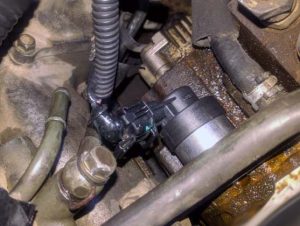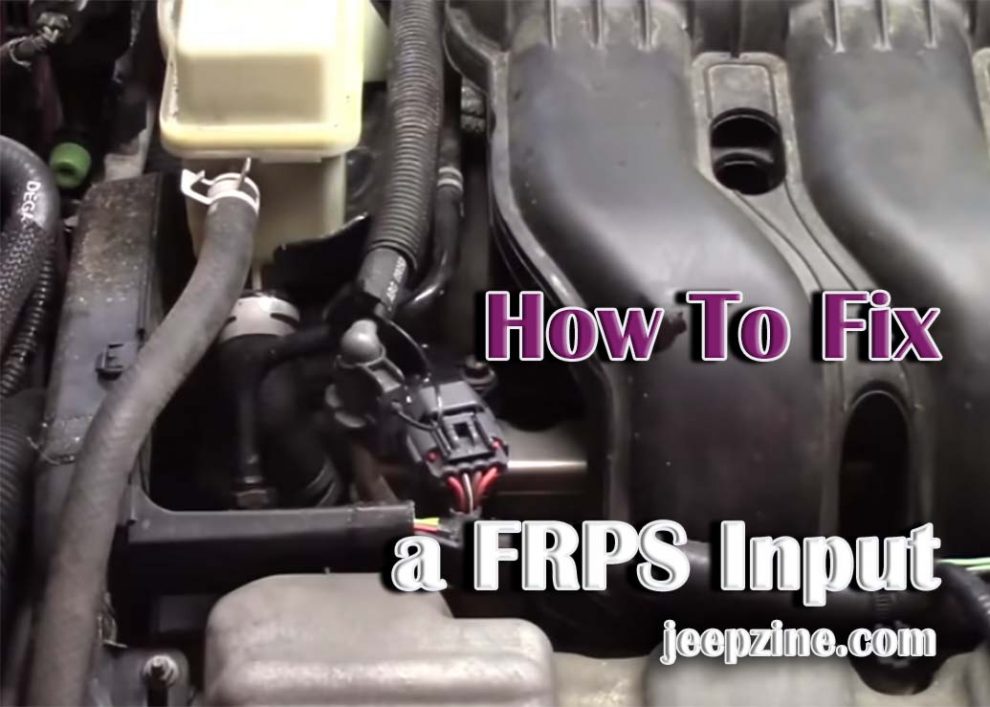A fuel rail pressure sensor (FRPS) is an important component in modern-day fuel systems, as it is responsible for regulating the amount of fuel sent from the fuel injectors to the engine cylinders. It works by measuring fluctuations in the pressure inside the rail that supplies pressurized fuel to all cylinders in an engine’s combustion chamber; when there’s too much or too little pressure, it can affect how well or badly your car runs overall. Unfortunately, many people don’t realize that their FRPS may be at fault when they experience drivability issues, and instead tend to blame other components such as the spark plugs, fuel pump, or air filter. Therefore, it is important to understand the effects of high fuel rail pressure and how to fix it if necessary.
What is a Fuel Rail Pressure Sensor?

The Effects of High Fuel Rail Pressure Sensors Input
When there is too much pressure on a FRPS input, this can cause several problems including inadequate power output, lack of torque, and poor acceleration and throttle response. Additionally, there may be increased exhaust emissions due to incomplete combustion caused by excess fuel not being burned off properly in each cylinder. In some cases, you may also notice a decrease in overall engine performance due to misfires or a loss of fuel efficiency.
Signs and Symptoms of High Fuel Rail Pressure Sensors Input
One way to tell if your FRPS is experiencing too much input pressure is to check the voltage readings on a diagnostic scan tool. If they are abnormally high, it could indicate an issue with the sensor itself or the injectors. Other signs and symptoms include misfires, poor acceleration, jerky engine performance, and excess emissions.
How to Fix a High Fuel Rail Pressure Sensor Input
The first step in resolving this issue is to have the vehicle’s computer system checked for any fault codes related to the FRPS or fuel injectors. It may also be necessary to inspect all hoses and connections for any leaks or blockages that could be causing an increase in pressure on the sensor input. If these components are working correctly, then it may be necessary to replace either the FRPS or fuel injectors themselves with new ones from a reputable supplier.
Conclusion
A high fuel rail pressure sensor input can cause several problems with engine performance such as poor acceleration, lack of torque and excessive exhaust emissions due to improper combustion of fuel within each cylinder. It is important to diagnose this issue quickly in order to avoid further damage to the vehicle. Luckily, there are a few steps you can take to fix the problem such as checking the voltage readings of the FRPS on a scan tool, inspecting hoses and connections for any leaks or blockages, and replacing either the sensor or fuel injectors with new ones if necessary.


Add Comment